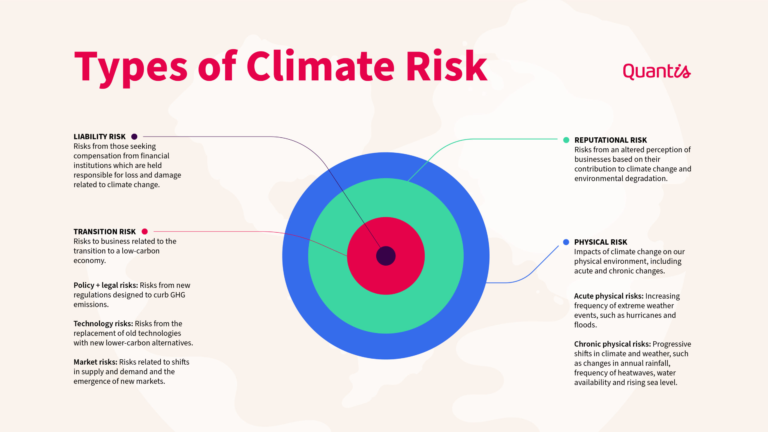Permanent Life Insurance: How to Make the Switch
Permanent life insurance is a crucial financial planning tool that provides lifelong coverage, making it an appealing alternative to traditional term life insurance. As your life evolves and financial responsibilities grow, switching to permanent life insurance can offer both security and peace of mind. Unlike term policies, which expire after a set duration, permanent life insurance ensures that your loved ones will receive a death benefit no matter when you pass away, provided premiums are paid. Furthermore, one of the key benefits of permanent life insurance is its cash value component, which accumulates over time and can be used for various financial needs. If you’re considering a life insurance conversion or evaluating the benefits of permanent life insurance, understanding these options can significantly impact your future well-being.
When exploring long-term financial protection, many individuals turn to lifelong coverage options often referred to as whole or universal life insurance. These policies not only promise a death benefit for your beneficiaries but also build cash value that can be accessed during your lifetime. Many people find themselves comparing term versus permanent life insurance to determine which is more suitable for their needs. The advantages of opting for a policy that lasts throughout your life can include the ability to lock in premiums and the potential for cash value growth, making it a wise choice for those looking for stability. Understanding how to change life insurance policies can lead to more robust financial security for you and your loved ones.
Understanding Permanent Life Insurance Benefits
Permanent life insurance offers distinct advantages that set it apart from term life policies. One of the primary benefits is the lifelong coverage it provides, ensuring that your beneficiaries receive a death benefit no matter when you pass away, as long as premiums are paid. Additionally, permanent life insurance includes a cash value component, which grows over time. This cash value can be accessed during your lifetime, allowing you to borrow against it or use it to pay premiums, making it a versatile financial asset.
Another significant benefit of permanent life insurance is the stability it offers in terms of premiums. Unlike term life insurance, where premiums may increase upon renewal, permanent policies typically feature fixed premiums that do not fluctuate with age or health status. This predictability makes budgeting easier and helps secure your financial plans for the future. Overall, the long-term security and cash value accumulation make permanent life insurance an appealing option for many individuals.
Frequently Asked Questions
What is the difference between term life insurance and permanent life insurance?
Term life insurance provides coverage for a specific period, typically 10, 20, or 30 years, paying a death benefit if the insured dies within that term. In contrast, permanent life insurance offers lifelong coverage as long as premiums are paid and includes a cash value component that grows over time.
Why should I consider switching to permanent life insurance?
Switching to permanent life insurance may be beneficial if you want lifelong coverage, the ability to build cash value, and a fixed premium for life. It can provide financial security for ongoing obligations and serve as an asset for future borrowing.
How can I convert my term life insurance to permanent life insurance?
To convert your term life insurance to permanent life insurance, check if your current policy allows conversion. If so, assess your coverage needs, research permanent policy options, and apply for the new policy. Make sure to coordinate the timing to avoid coverage gaps.
What are the benefits of permanent life insurance?
The benefits of permanent life insurance include lifelong coverage, cash value accumulation, potential tax advantages, and the ability to borrow against the cash value. This financial product can provide peace of mind and stability for long-term planning.
What factors should I consider before changing life insurance policies?
Before changing life insurance policies, consider your current and future financial needs, the premium costs of permanent life insurance compared to your term policy, and whether the benefits align with your overall financial strategy. Consulting with an insurance professional can be helpful.
Is it possible to switch life insurance providers when converting to permanent life insurance?
Yes, you can switch life insurance providers when converting to permanent life insurance. However, you may need to apply for a new policy and undergo underwriting, depending on the provider’s requirements.
Can I borrow against my permanent life insurance policy?
Yes, you can borrow against the cash value of your permanent life insurance policy. This can provide you with funds for expenses such as education or retirement, typically at lower interest rates since the cash value serves as collateral.
What should I do if my term life insurance policy does not allow conversion to permanent life insurance?
If your term life insurance policy does not allow conversion, you will need to apply for a new permanent life insurance policy. This may involve a medical exam and underwriting, so it’s essential to assess your health and coverage needs beforehand.
How does the premium cost of permanent life insurance compare to term life insurance?
The premium for permanent life insurance is generally higher than that of term life insurance due to the lifelong coverage and cash value component. It’s crucial to ensure that the higher premium fits within your financial plan before making the switch.
What happens to my term life insurance policy if I switch to permanent life insurance?
If you switch to permanent life insurance, you can either cancel your term life insurance policy or let it expire once your new coverage is in place. Ensure to coordinate these changes carefully to avoid any gaps in coverage.
| Aspect | Term Life Insurance | Permanent Life Insurance |
|---|---|---|
| Coverage Duration | Specific term (10, 20, or 30 years) | Lifetime coverage as long as premiums are paid |
| Death Benefit | Paid only if death occurs during the term | Paid at any time, as long as the policy is active |
| Cash Value | No cash value accumulation | Builds cash value over time, borrow against it |
| Premium Stability | Fixed for the term but may increase significantly upon renewal | Typically fixed for life, providing stability |
| Ideal For | Temporary coverage needs | Lifelong coverage and cash value accumulation |
Summary
Permanent life insurance provides lifelong coverage and an opportunity to build cash value, making it a vital consideration as your life circumstances change. Transitioning from term life insurance to permanent life insurance can be both feasible and beneficial, provided you understand the key differences and assess your financial needs. As you navigate this decision, it is crucial to evaluate your current policy, determine your coverage requirements, and research available options thoroughly. By taking these steps, you can ensure that your insurance aligns with your long-term goals and offers the protection your loved ones need.







